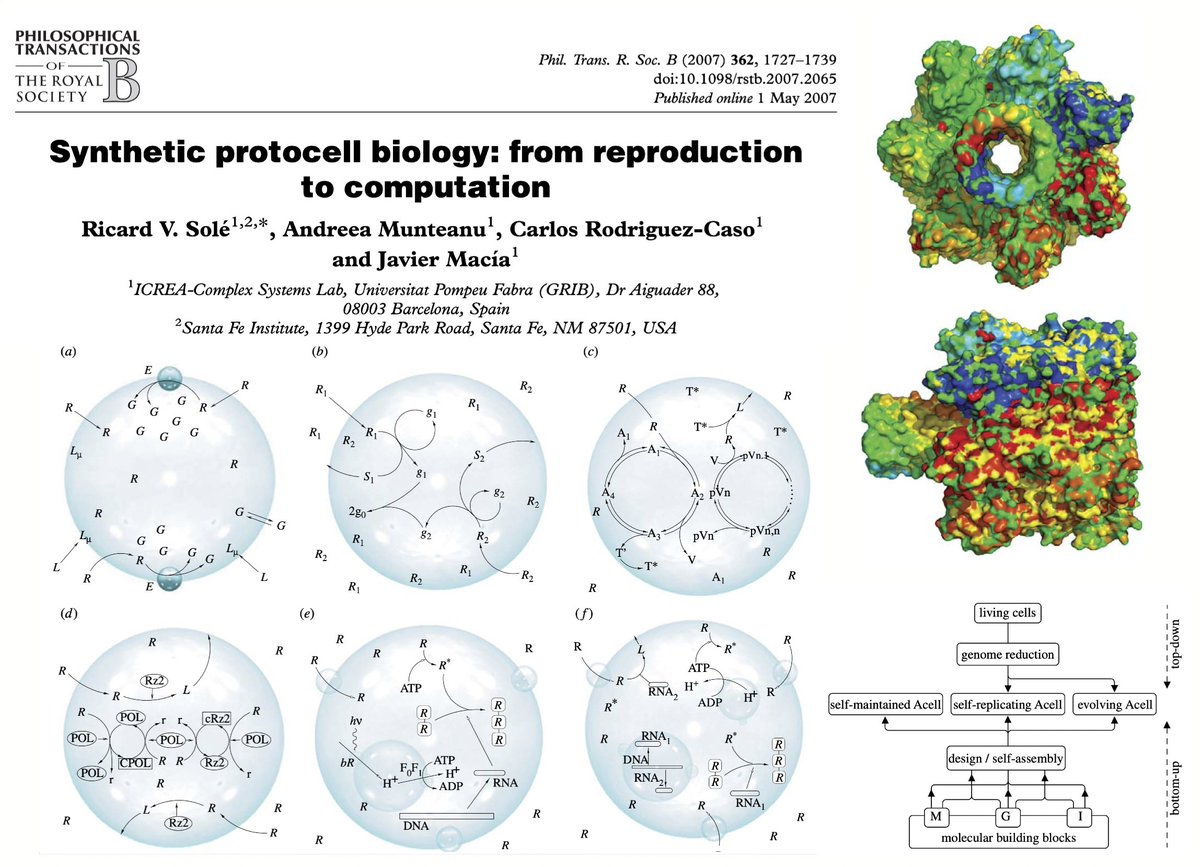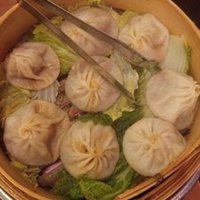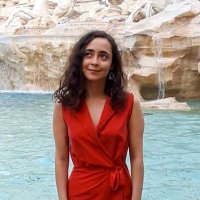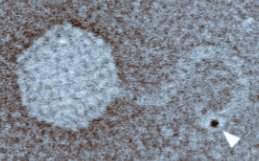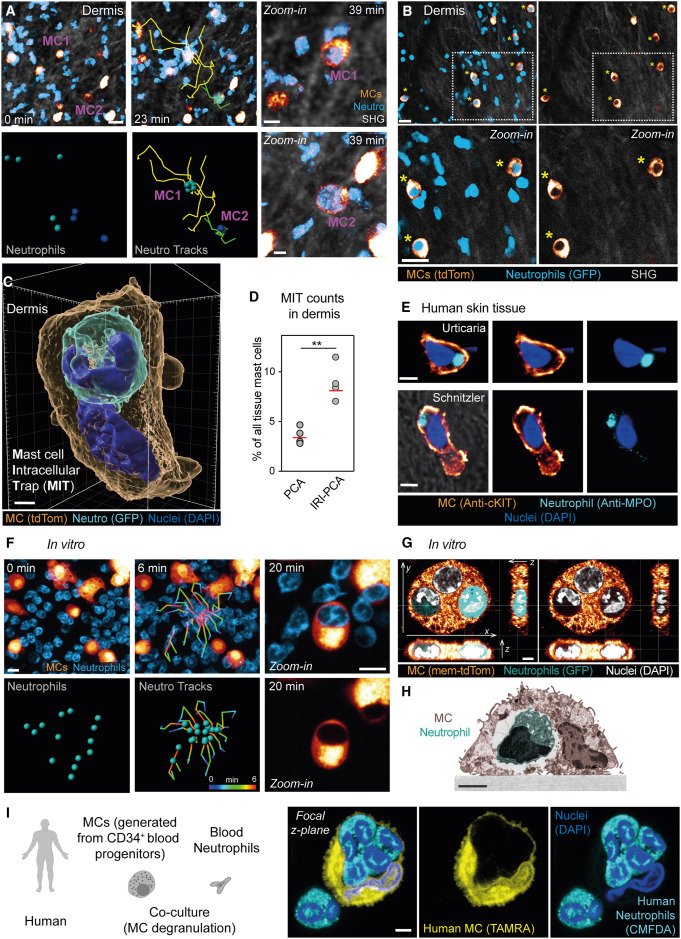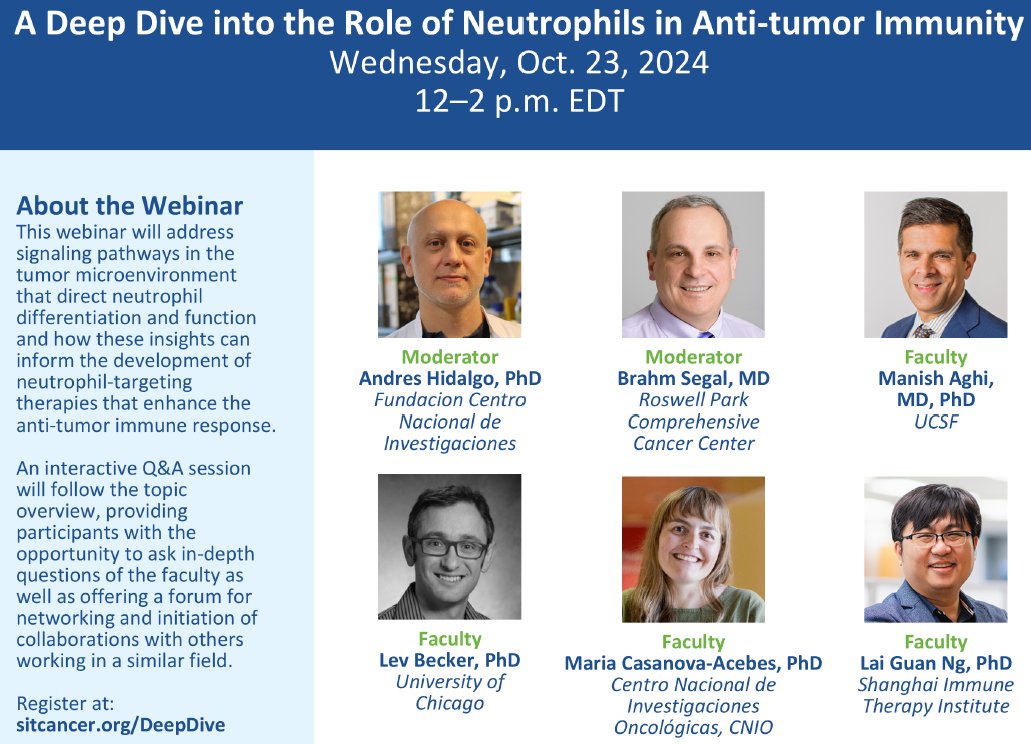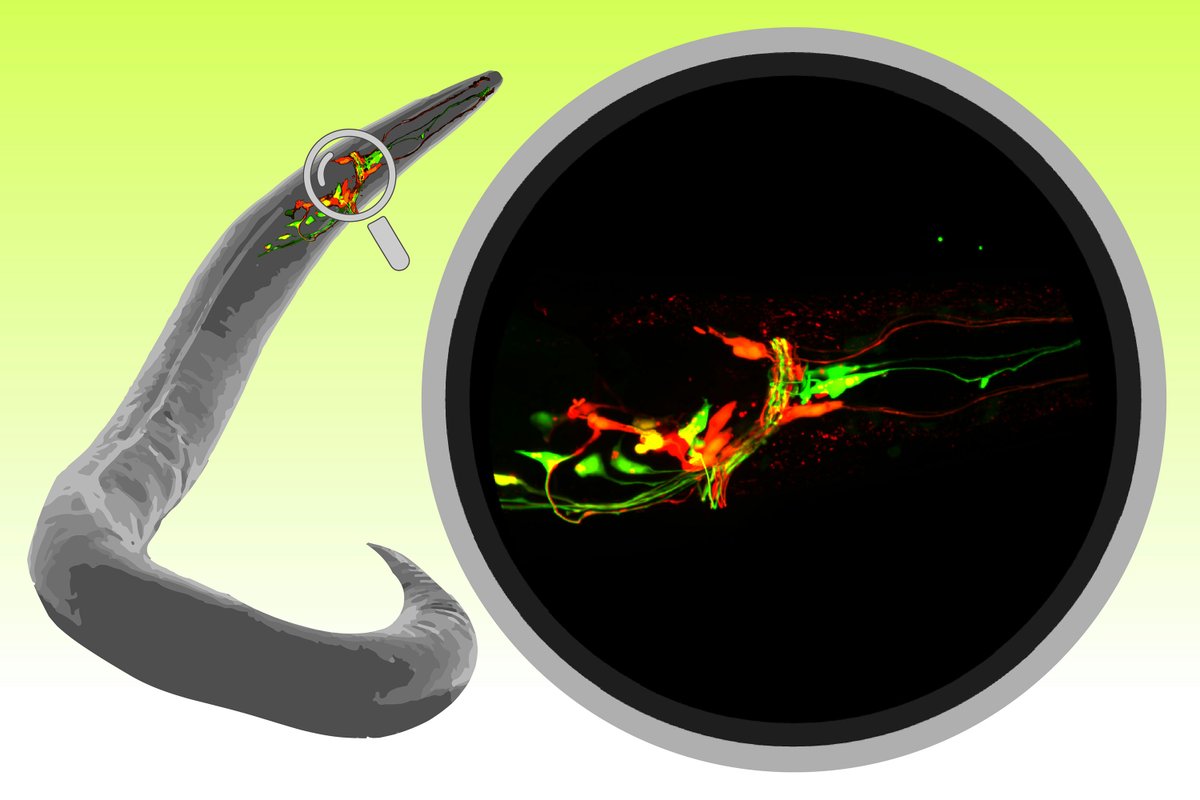
Samuel Ovadia
@ovadia_samuel
PhD student at @YaleIBIO, 🇫🇷
ID: 1199166397605187584
26-11-2019 03:22:19
136 Tweet
219 Followers
891 Following


For 25 years, the Toll-like Receptor pathway was considered a series of distinct protein complexes that drive inflammation. Today, we report that the entire pathway, from receptor to transcription factor, is executed from within one complex—the myddosome. nature.com/articles/s4158…
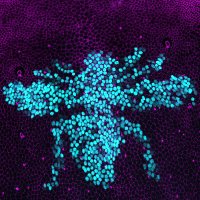
📢We are recruiting! 3y postdoc position available in our interdisciplinary team Institut Curie #Paris. Join us if you're interested in live imaging, quantitative biology & (opto)genetics of Drosophila epithelia during morphogenesis. institut-curie.org/team/bellaiche Please RT!


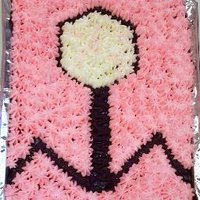
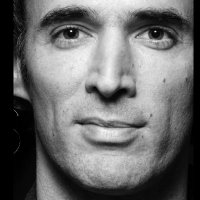

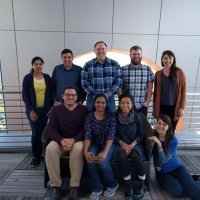
A chemogenetic screen reveals links between nociceptors and gut immune function Science Magazine Isaac Chiu science.org/doi/10.1126/sc… science.org/doi/10.1126/sc…



An insightful highlight of our recent discovery that myddosomes contain the entire TLR signal transduction pathway. Many thanks to by Blumenthal Lab et al for their thoughtful commentary--and for the Tolkien-inspired title! onlinelibrary.wiley.com/doi/10.1111/im…
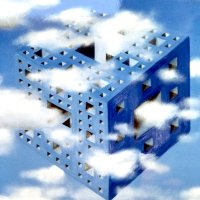
What can Turing patterns and physics tell us about life origins? How did the first protocells manage to self- replicate? Here's our Royal Society Publishing paper based on Turing instabilities coupled with membrane instabilities royalsocietypublishing.org/doi/full/10.10… Could this be tested in the lab?



Thank you to Dr. Amir Bashan (Assoc. Prof. of Physics at Bar-Ilan University, Israel) for speaking as part of the #CSEI Seminar Series on his top-down approach to understand complex biological networks, such as human microbiome species, in health and disease. Yale School of Medicine Yale Department of Immunobiology
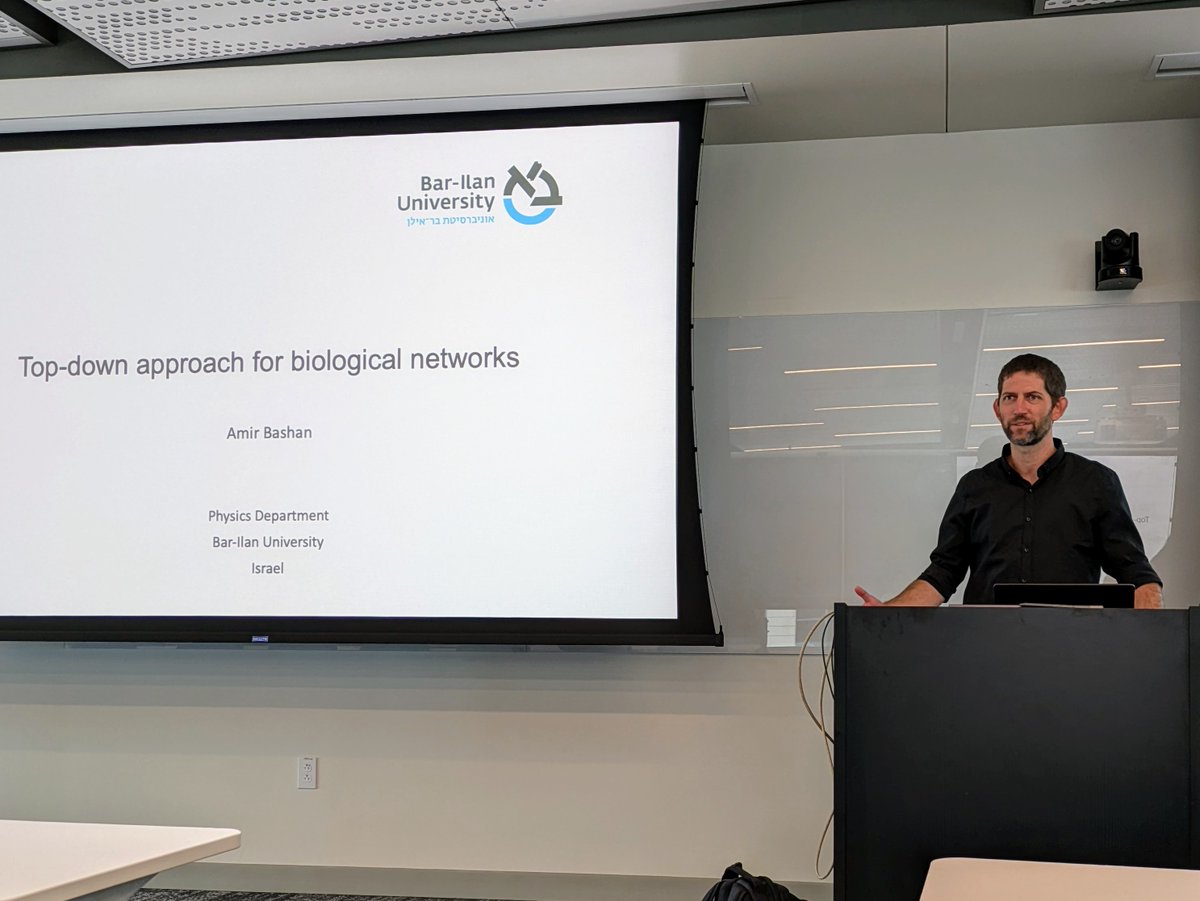

Why do we itch? Ask your immune system, and Dr. Sokol and colleagues. They provide a simple and elegant answer to this timeless question. Kudos to the authors on this fascinating discovery. nature.com/articles/s4158… Caroline Sokol MDPhD Harvard Medical School

Is it possible to create an artificial cell from scratch? What kind of design principles and constraints will be involved? How can physics and maths guide research? Check our Royal Society Publishing paper Andreea Munteanu from chemistry to synthetic biology. royalsocietypublishing.org/doi/10.1098/rs…
